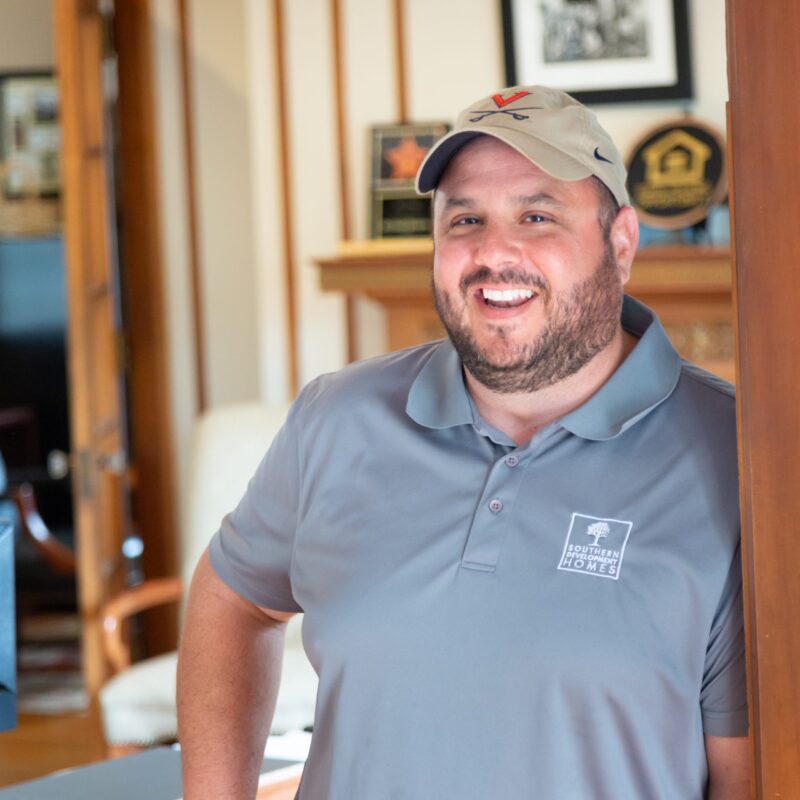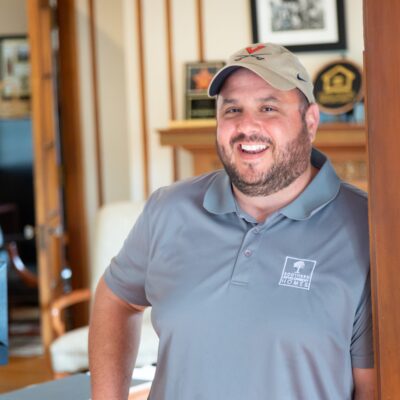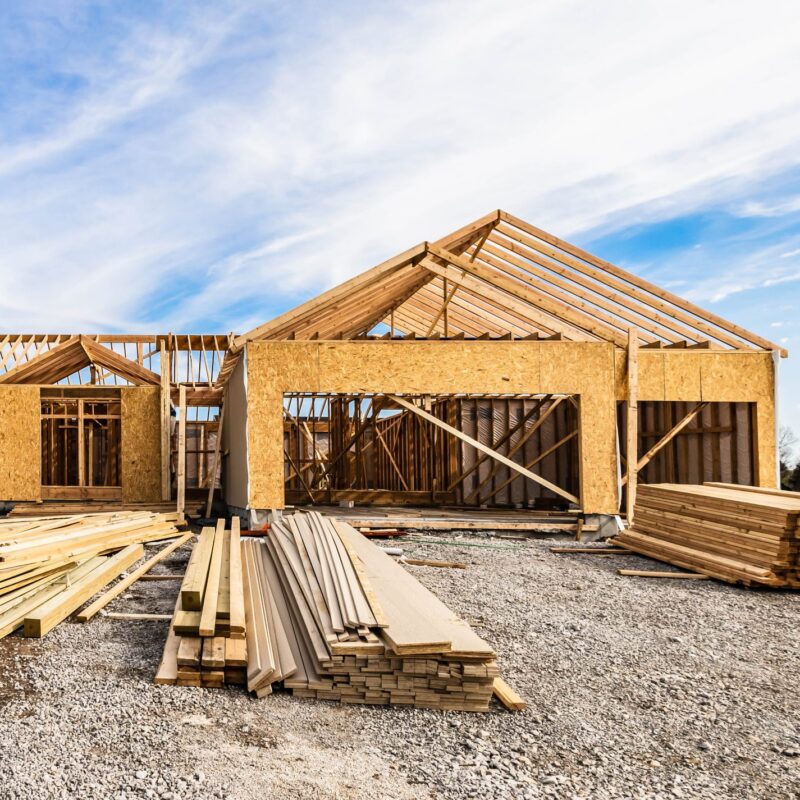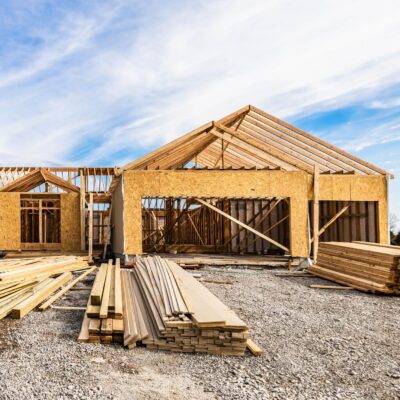If you’ve ever been sitting in your yard and thought to yourself, “Boy, do I wish I had more shade,” take heart. You’re likely a great candidate for powering your home with solar energy.
Rooftop solar panels are more affordable now than ever, and for homes with adequately slanted, shade-free, south-facing roofs, they’ll pay for themselves in less than a decade, according to Joni Lane, a solar analyst and vice president of marketing for Virginia-based installer Sigora Solar.
For North Downtown Charlottesville homeowner Cooper Wamsley, it all added up to a “win-win.”
“Not only are we saving money, but in a small way, we’re saving a little bit of the Earth,” he says of his 7.75 kilowatt solar array.
The Solar Energy Industries Association reports the market for solar panels, at 29.3 gigawatts of total installed capacity in 2015, will double in 2016. And Lane says plenty of Charlottesville residents have decided to jump on the bandwagon, despite Virginia being one of the slower states to incentivize the systems.
Lara Fischer, whose small, 4.2 kilowatt system has knocked her monthly electric bill down to as little as $7, says she’s been interested in solar since she was a kid. Her father operated a solar company in the early 1980s but was forced out of business as federal incentives dried up; now that they’re back, she wants to support the technology so more folks will get in on the sun.
And, indeed, Lane says high purchasing volumes are a boon for homeowners. Projects like Solarize Charlottesville, which is currently signing up participants for its third implementation, can coordinate like-minded consumers so they can buy in bulk.
“Two years ago, I saw an article in the newspaper about Solarize Charlottesville,” says Patti Downer, who contracted for a 6.93 kilowatt array on her house in North Downtown. “We applied to be part of it in the fall of 2014, got approved and finally got it completed last June.”
So what are the drawbacks to solar? Wamsley, who works in the environmental division of the Virginia Department of Transportation, admits his family was concerned about the look of the panels and the affect they might have on his roof. Fortunately, he’d just had his roof replaced, meaning the 25-year warranty on his panels would come up at about the same time as his shingles, and his south-facing roof is over his backyard, where no one can see it.
Lane said the upfront cost is the other impediment to going solar.
“It’s so unique to the person’s home, how much energy your home is consuming,” she says. “It affects how much we can offset, the return on investment, your payback and so on. That is the biggest component.”
Sun cents
Solar arrays run on average between $30,000 and $40,000. But with energy savings typically around 60 percent, most home-
owners can expect the units to pay for themselves in about 10 years. Plus, a variety of credits and financing options are available.
Federal tax credit: Everyone in the country is eligible for a 30 percent tax credit on the cost of an Energy Star-approved solar power system.
State tax credit: Virginia has been slow to incentivize solar, but many states offer credits based on the amount paid for panels and energy cost incentives for power produced.
City tax credit: Charlottesville offers a property tax credit for certified solar energy equipment for five years.
Solar credits: Solar Renewable Energy Credits, equivalent to 1 megawatt hour of solar energy produced, can be sold on open markets in several states.
Bulk purchasing: Group purchasing through projects like Solarize Charlottesville can decrease the cost of individual panels.
Bank financing: Financial institutions are warming to solar. Installer Sigora Solar has worked with Admirals Bank, and the UVA Community Credit Union helped finance Solarize Charlottesville participants.





